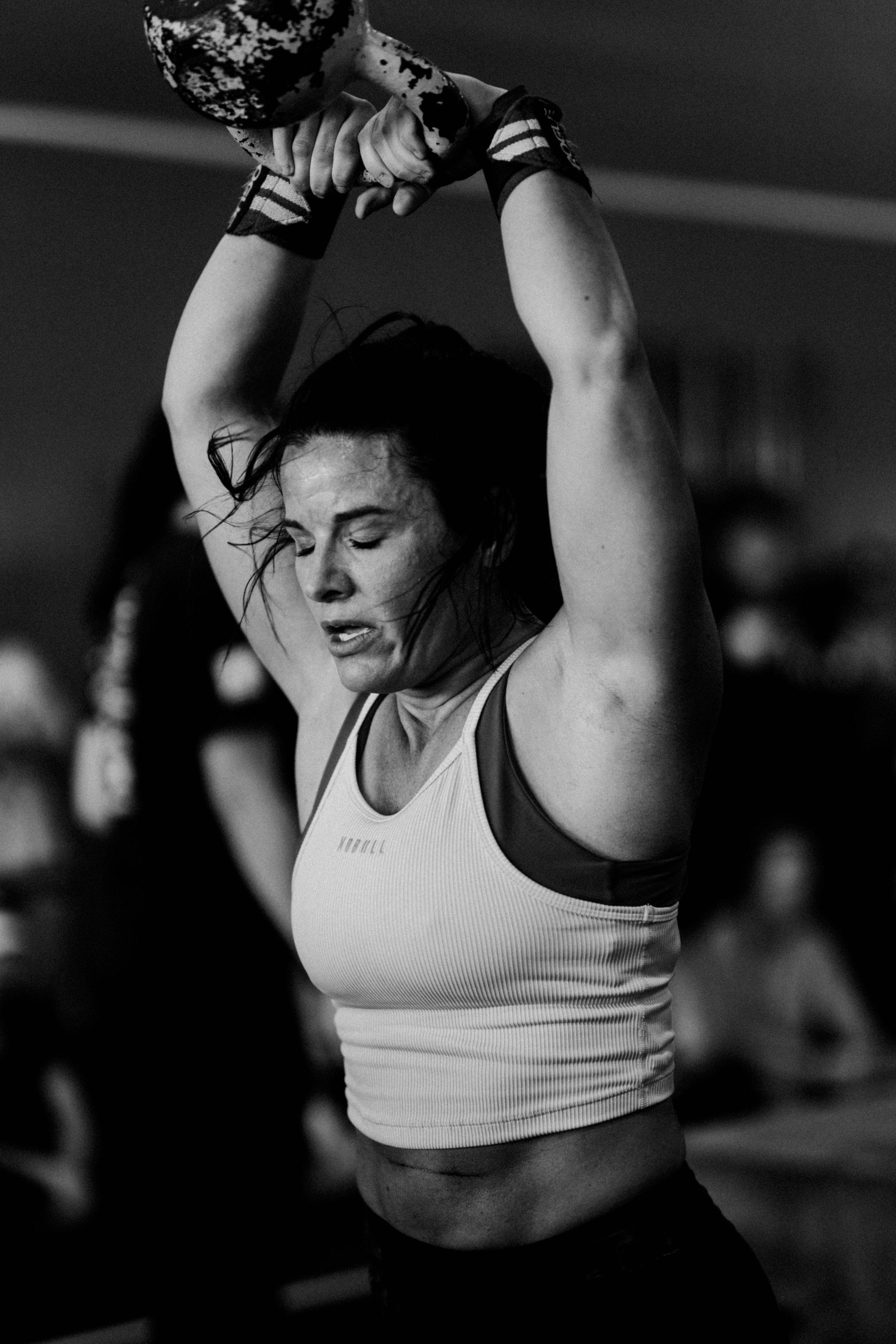“Active Rest” is a lie: Here’s what I do instead.
I don’t know who needs to hear this, but…
Cleaning out the garage, going to power yoga, or squeezing in a “quick 5K” does not count as rest.
Somewhere along the way, the wires got crossed. We decided that if we weren’t horizontal or drenched in sweat, we weren’t “doing enough.” And now, rest days look more like bonus workouts—with a side of guilt if we actually take it easy.
But if you’re hitting it hard in the gym, running casual 5Ks “to recover,” powering through yoga twice a week “to tone and relax,” while juggling the everyday chaos of life… you’re probably inching toward burnout—or injury.
Here’s the deal:
Real rest doesn’t spike your heart rate. It doesn’t build core strength. It doesn’t count toward your Apple Watch goals.
(Although your Garmin might be onto something when it says you need 97 hours of recovery... just saying.)
Rest is a conscious downshift for your nervous system.
It looks like:
Restorative yoga
Gentle breathwork
Nourishing movement
Meditation
Sleep (yes, actual sleep—not doom-scrolling with blue light blasting your eyeballs)
Sure, rotting on the couch watching TikTok can feel relaxing…
But that’s more of a dissociative pause than true recovery.
Set a time limit. Then go outside.
Put your legs up the wall. Take a few deep breaths. Journal. Stare at clouds. Touch grass.
That’s the kind of rest your nervous system is begging for.
Signs You Might Be Under-Recovering
(a.k.a. Living in Allostatic Overload)
If your “rest days” aren’t truly restorative, you might start noticing early warning signs like:
Sore joints or tight extremities
Bloating or GI weirdness
Headaches or brain fog
Constipation… or sudden urgency
Constant snooze-button smacking
Low tolerance for BS (aka, irritability)
Social withdrawal—even fun plans feel like too much
Reality Check:
Your workout program doesn’t exist in a vacuum. It exists inside the ecosystem of your life.
If your life is already full of invisible stressors—work, family, mental load, perfectionism—and you’re layering intense workouts on top without true rest?
It’s no wonder your progress is stalling or your body is whispering: “pls stop.”
What Does Real Recovery Look Like?
It’s not fancy. It’s not sexy. But it works.
Here’s my weekly rhythm (and the same structure I recommend to my Cakes by Crystal clients):
Monday: Lifting (with progressive overload)
Tuesday: 30-min mental health walk + 15-min mobility
Wednesday: Lifting
Thursday: 40-min mental health walk + 15-min mobility
Friday: Lifting
Saturday: 20–40 min mental health walk + 15-min mobility
Sunday: Emotional check-in + 20-min restorative routine
This rhythm helps my clients build serious strength without tanking their energy or flirting with burnout.
Because it’s not just about what you do—it’s about what you recover from.
TL;DR:
You don’t need another hustle hack.
You need permission to rest.
We live in a culture obsessed with “more.”
But sometimes the most radical thing you can do for your health, your strength, and your sanity?
Is to do less.
Need help slowing down?
I made something for you:
✨ The Sleepy Time Bundle ✨
You’ll get 2 restorative routines to help you actually rest and sleep deeper.
Just drop your name + email below and they’ll be in your inbox before you can say “melatonin.” 👇



